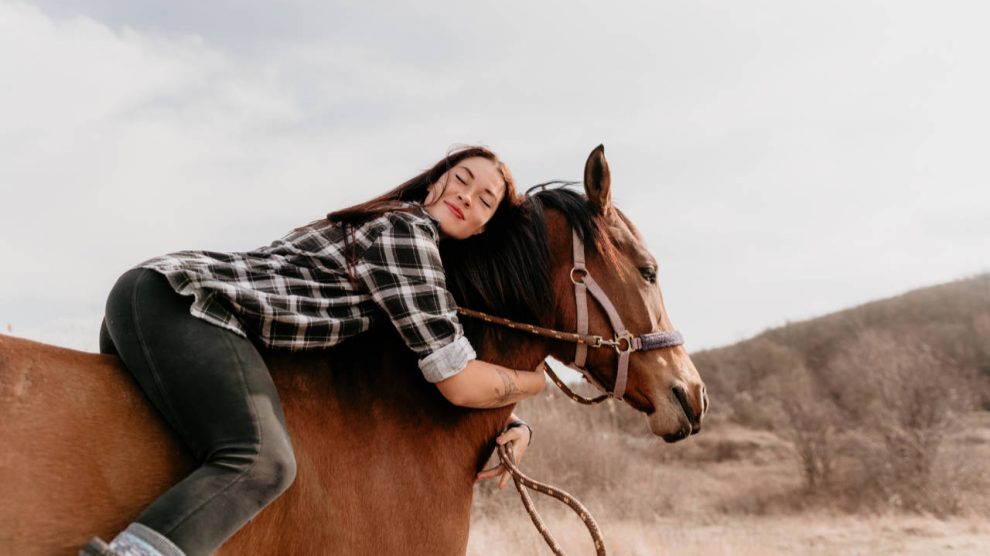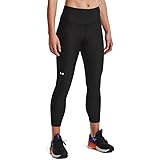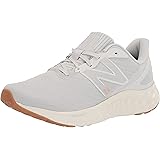Think riding a horse is just sitting there while the animal does all the work? Think again. Now imagine doing it without a saddle, stirrups, or any safety net between you and a horse moving at speed. Welcome to bareback riding—one of the most demanding full-body workouts in the equestrian world.
More than just holding on
Bareback riding strips away all the equipment that typically helps riders maintain their position. No saddle to grip, no stirrups for leverage—just you, the horse’s spine, and your ability to move as one unit. It’s like the difference between running on a treadmill and running across uneven terrain while balancing a book on your head. Every muscle fires constantly to keep you centered.
The core engagement is relentless. Your abdominals, obliques, and lower back work overtime to stabilize your upper body against the horse’s motion. Meanwhile, your legs maintain contact without squeezing too hard, requiring the kind of isometric strength that would make any CrossFit enthusiast nod in respect. After just 20 minutes bareback, riders often feel muscles they didn’t know existed.
Communication between rider and horse
Here’s where it gets interesting: removing the saddle actually improves how riders and horses communicate. Without leather and padding creating a barrier, riders can feel every muscle twitch, every breath, every tiny adjustment the horse makes. It’s like upgrading from a flip phone to the latest smartphone—the connection is simply clearer.
This heightened sensitivity forces riders to refine their cues. Instead of relying on reins or kicking with stirrups, they must use subtle weight shifts, gentle leg pressure, and seat adjustments. The horse, in turn, becomes more responsive and attentive. It’s a masterclass in nonverbal communication that would fascinate any sports psychologist.
Building balance
Balance is everything in sports, whether you’re on a surfboard, basketball court, or horse’s back. Bareback riding develops dynamic balance—the ability to stay centered while external forces constantly challenge your position. One moment the horse accelerates, the next it turns, and your body must instantly adapt without losing alignment.
This translates beautifully to other athletic pursuits. The proprioceptive awareness gained from feeling a horse move beneath you sharpens reaction time and spatial awareness. Many riders report that bareback practice dramatically improves their regular saddled riding, much like how training at high altitude can boost performance at sea level.
Bareback riding carries risks
Make no mistake—bareback riding carries real risks. Falls happen more easily, and landing on the ground hurts just as much whether you’re an Olympic gymnast or a weekend warrior. Smart riders start slowly, choose calm horses, and gradually build up to faster gaits and more complex maneuvers.
But for those willing to embrace the challenge, the rewards are substantial. Improved posture, increased body awareness, stronger core muscles, and a deeper partnership with the horse all emerge from consistent bareback practice. It’s tough, humbling, and occasionally intimidating—but that’s exactly what makes it such an effective training tool.
In a sport already demanding strength, finesse, and fearlessness, bareback riding raises the bar even higher.











